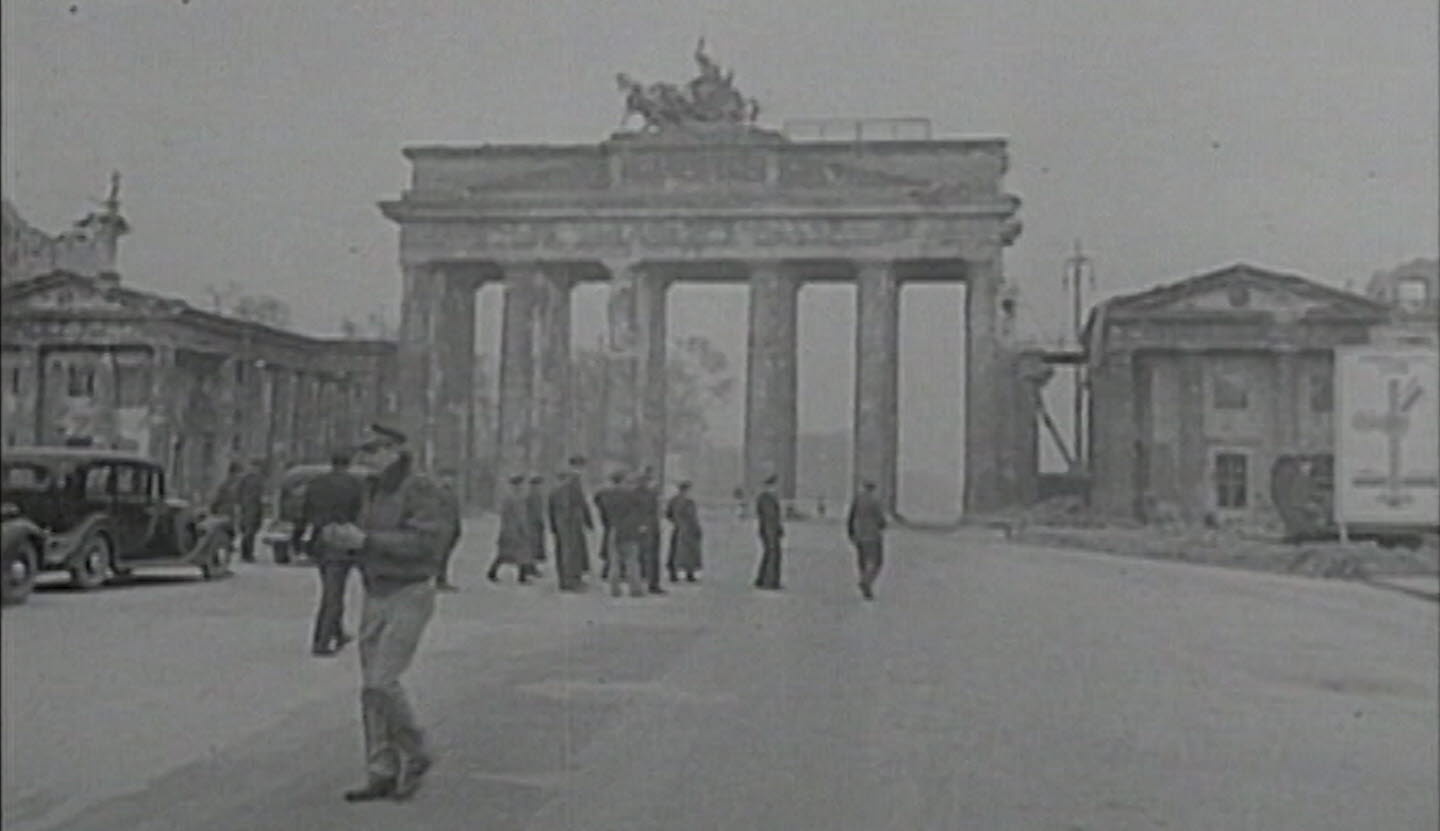1939 - The krona is pegged to the dollar

A few days before the outbreak of the Second World War, Sweden pegged the krona to the dollar instead of sterling.
Sweden thereby avoided having its currency pegged to any of the belligerents in the approaching war. Another reason for the changed currency peg was that inflation was high in the United Kingdom. However, the peg to the dollar was retained even after Germany and Italy declared war on the United States in December 1941.
The outbreak of war entailed a severe strain on the credit market. Imports were intensified and paid for in advance and the general public withdrew their savings from the banks to stockpile goods and manage housekeeping when incomes fell due to conscription. In addition, savers purchased defence bonds in an amount of SEK 1.6 billion.
The effect of this was that deposits in the banks decreased heavily. For the savings banks, this was the largest decrease since the crisis of 1878–1879. However, the credit market came through the crisis and by 1941, for example, the market was characterised by a surplus of deposits and a limited need for credit. It now became necessary to create demand for lending so that the interest rate would be stopped from falling too far.
The solution was to regulate housing financing. The Riksdag decided that the government would guarantee that the interest rate on first mortgages would not exceed 3.5 per cent. In addition, the Riksbank would secure access to long-term funding by purchasing the mortgage institutions’ bonds and providing credit to the savings banks. In 1942, rent regulations were introduced, which partly remain today.
During the war, the economic policy continued to be focused on price stability via a special programme for the war economy. Market functions were put out of action via general price and wage freezes. The objective was to prevent inflation from accelerating as it had done in the First World War.
The programme did not address interest rate policy at all. The government's goal was certainly to stabilise the interest rate, but the price and wage freeze was seen as decisive for the development of inflation. The interest rate started to be seen solely as a cost factor, not as a means to influence economic activity. This would become the prevailing view over the next couple of decades.
